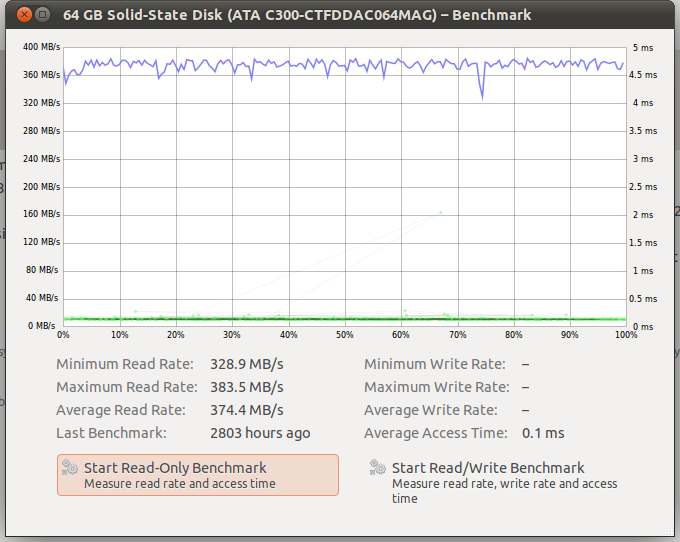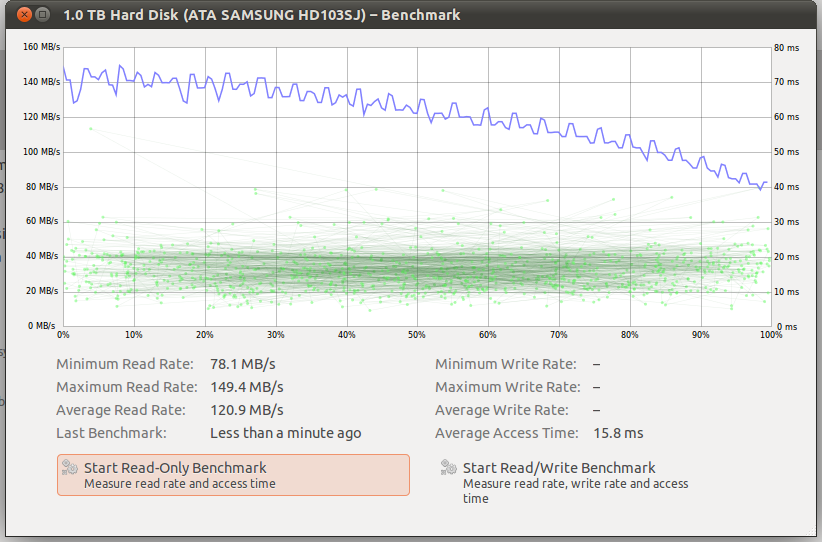On a related side note while I don't think we are gonna get drastic overhauls or anything... I
DO think both Gnome 3.2 as well as Ubuntu 11.10 both are gonna be more what Gnome Shell and Unity really
SHOULD have been and well
WANTED to be. I say this only because Linux people tend to be fickle, very much haters, and tend to make long standing judgements (like for some reason they have to pick a side and champion it for life or something).
Just keep an open mind and everyone should reroll both Ubuntu and Fedora (sort of the defacto standard Gnome 3 distro)'s next releases later this year. Shit might not be the way you want it or you might not like the work space flow logic being used, but at least everything should be tidied up a bit.
Neither were the abomination that was KDE 4.0, but you could make similar analogies in that both were big changes, and just needed an extra dev cycle to tighten up the user experience as a whole. This also finally to me shows how Canonical works in terms of Ubuntu and feature sets and such. I always understood, but never reaaallyyy understood the way they roll our features in releases and build towards the stable LTS. Then they go and blow things up again and start all over. LOL






